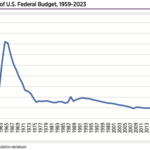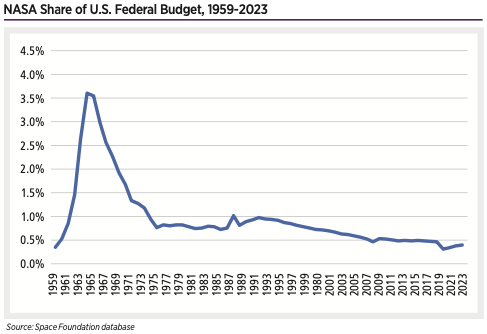2023
The S-Network Space Index℠ 2023 Performance
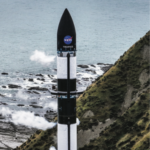
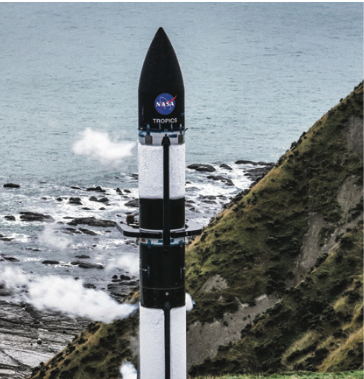
The S-Network Space Index℠ tracks a global portfolio of publicly traded companies that are active in space-related businesses such as satellite-based telecommunications; transmission of television and radio content via satellite; launch vehicle and satellite manufacturing, deployment, operation, and maintenance; manufacturing of ground equipment that relies on satellite systems; development of space technology and hardware; and space-based imagery and intelligence services.
As Experts Debate Leap Seconds, Universal Time Tangle Grows in Importance
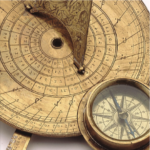
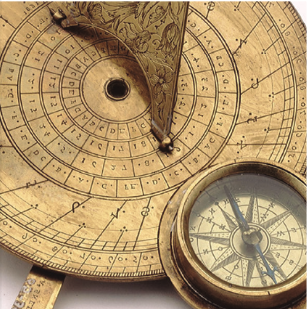
Time, the measurement that science still has difficulty explaining, has allowed everything from transatlantic exploration to space travel and now is the fabric that holds together financial institutions, supply chains and the internet. But if you counted down the closing seconds of 2023 with New Year’s revelers, you were almost certainly wrong.
Nation in Review: Japan
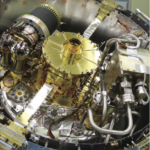
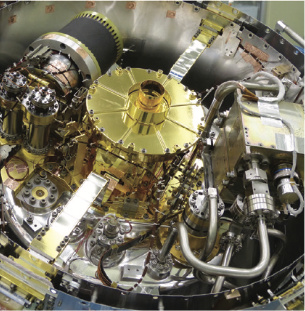
As the space economy continues to grow, Japan is capitalizing on new opportunities in the public and private sectors. Government budget increases, private industry investment, and international cooperation are contributing to the nation’s plans to double its space market in the coming decade.
Policy bill offers Space Force $29 billion for 2024, more flexible personnel rules


The Space Force would get new, more flexible personnel rules under a compromise version of the National Defense Authorization Act, which sets the Pentagon budget at $841 billion nest year, which was approved by lawmakers from the U.S. House and Senate. The $29 billion Space Force budget was trimmed by just over $1 billion from an earlier Pentagon request, but is boosted by $3 billion when compared to the service’s 2023 budget.
Second Starship test flies higher before failure
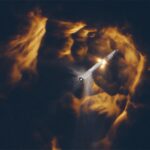
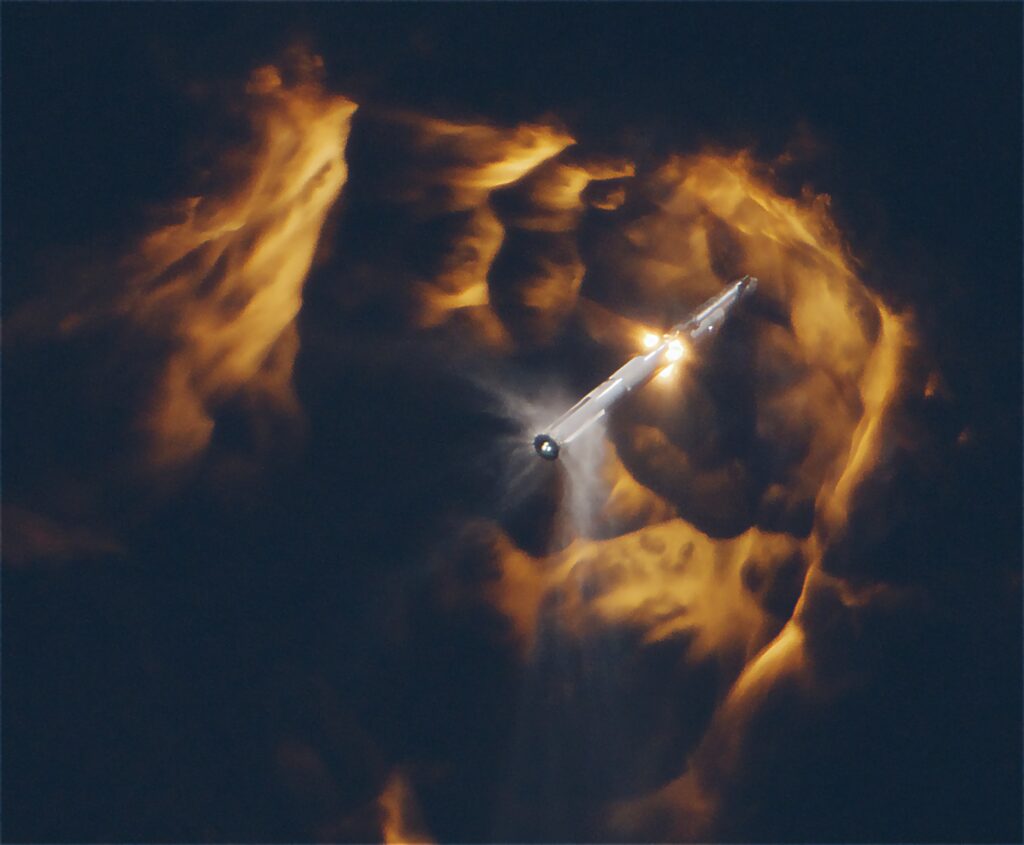
With 33 Raptor engines belching flame, SpaceX’s Starship demonstrated the full power of its main booster, reaching an altitude of 91 miles before the second uncrewed attempt to launch the massive rocket from Boca Chica, Texas, ended when the second stage apparently failed.
New Lockheed Martin orders spur race for nuclear propulsion in space
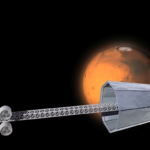
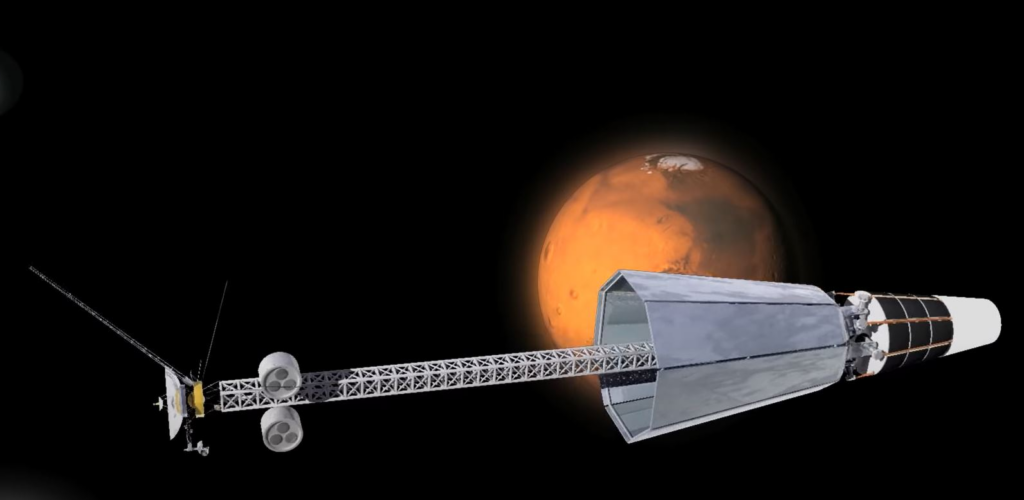
The Defense Department is taking a closer look at powering spacecraft with next-generation nuclear reactors with a pair of programs announced in recent months that test rival methods to unlock the potential fission-powered spaceflight.
ESA’s Euclid Telescope reveals first images of the stars
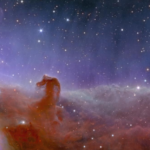
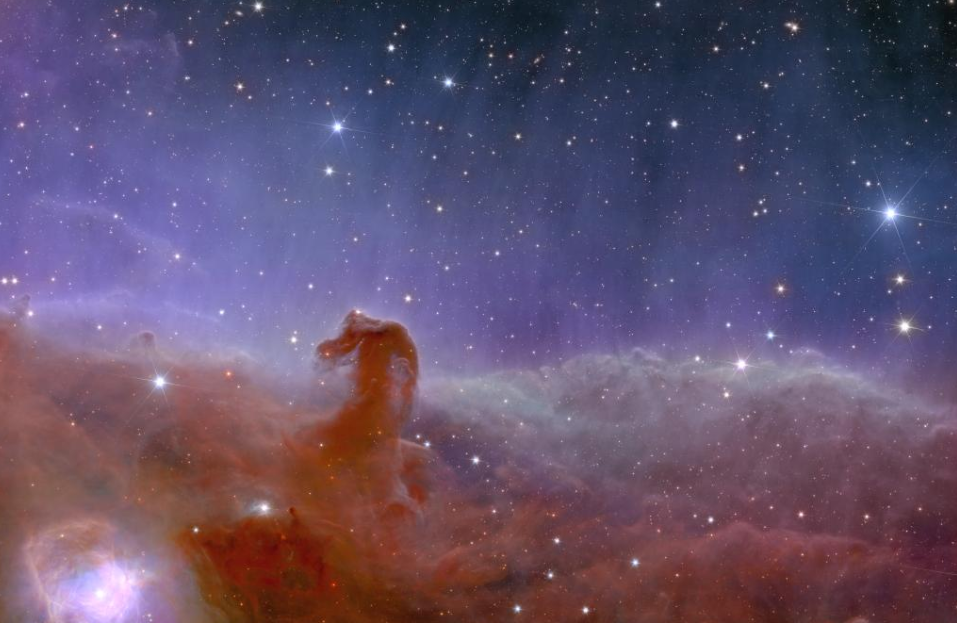
The European Space Agency released an initial batch of full-color images from its Euclid space telescope, showing the capability of the spacecraft’s 600-megapixel camera, which will be used on Euclid’s planned six-year mission to measure the accelerating expansion of the universe.
Senate approves bill to limit space debris amid budget battles


A measure aimed at reducing space debris has passed the U.S. Senate with unanimous support and is headed to the House floor. The Orbits Act would require NASA to establish a pilot program for clearing debris from orbit, and orders tighter regulations to limit space junk.
Artemis Program vs Total India Space Budget, 2021-2023
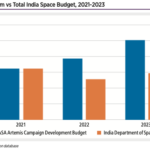
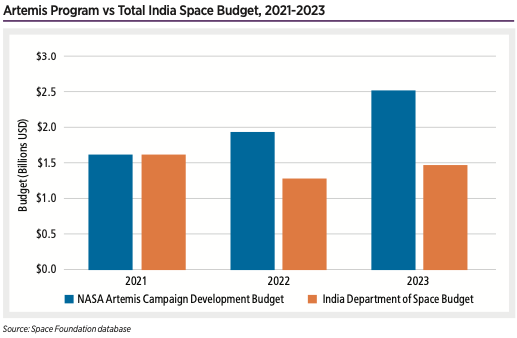
In 2014, four space startups existed in India. In less than a decade, that number increased to 142, according to Goswami.
